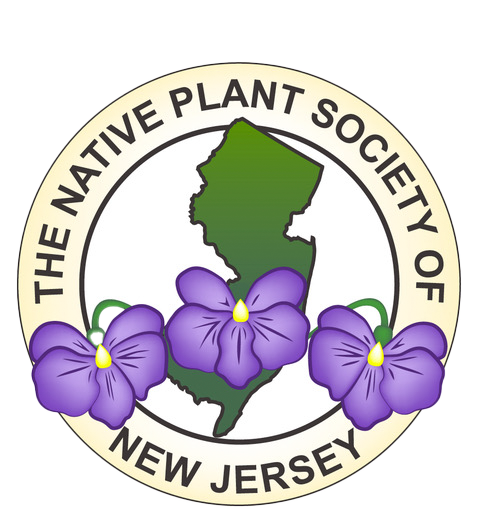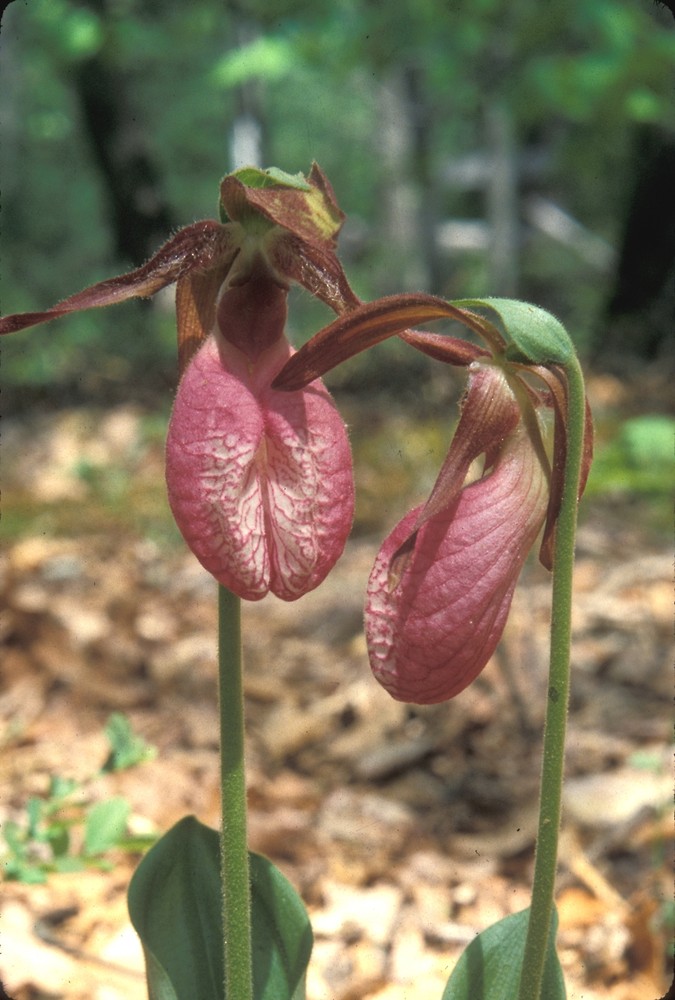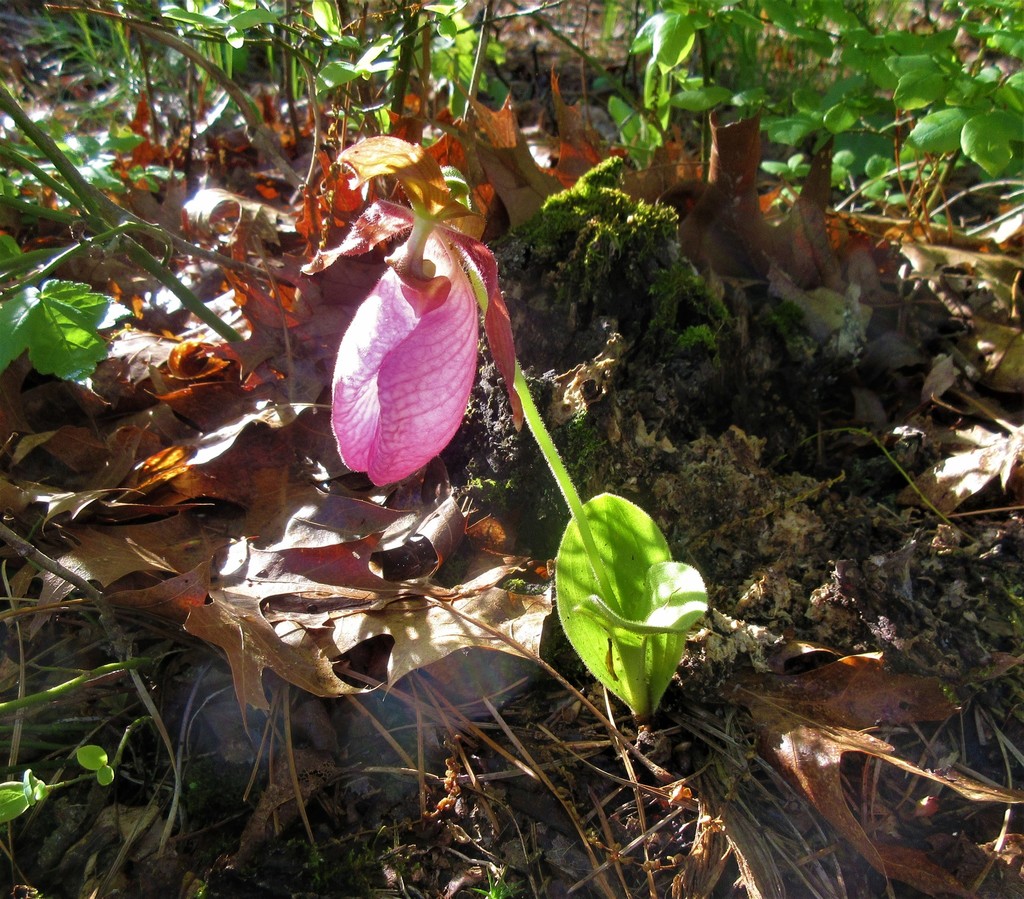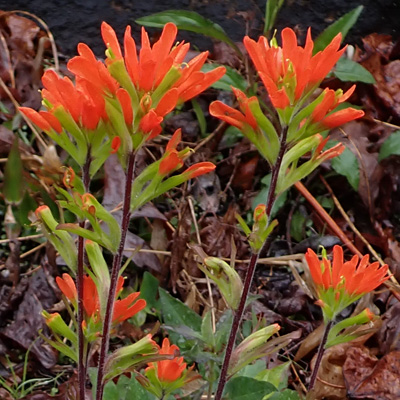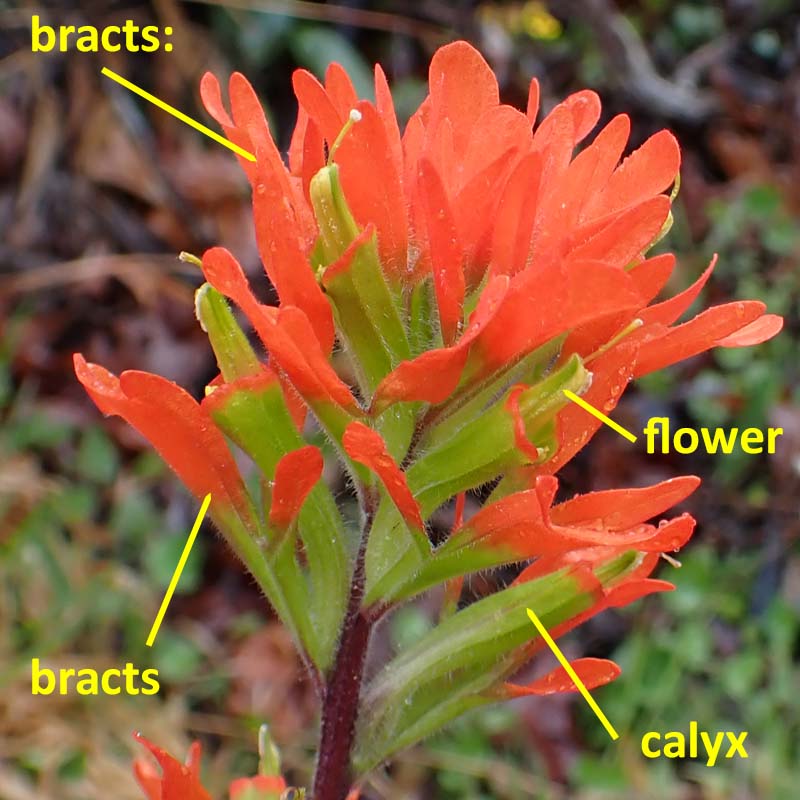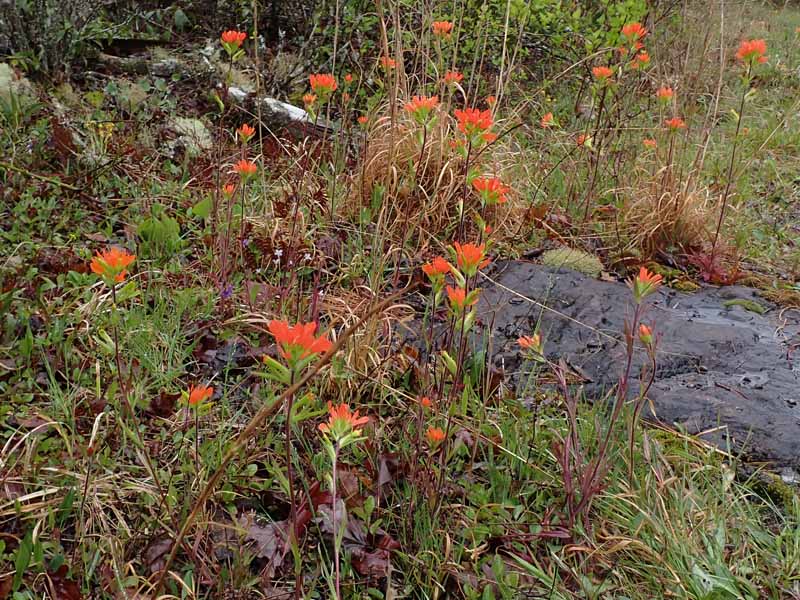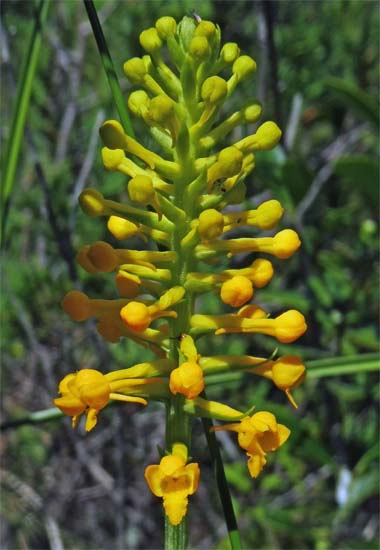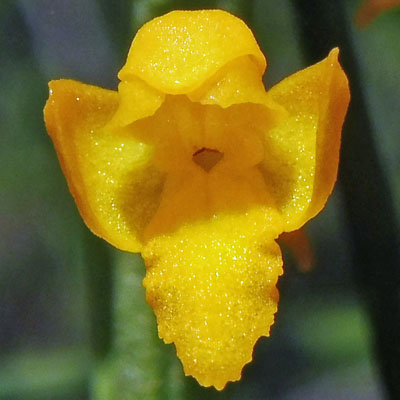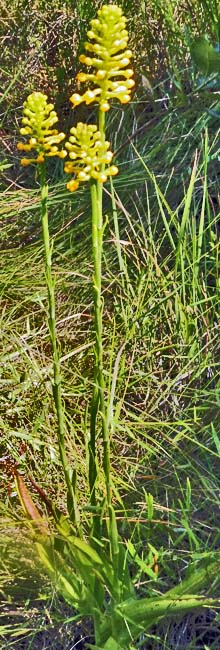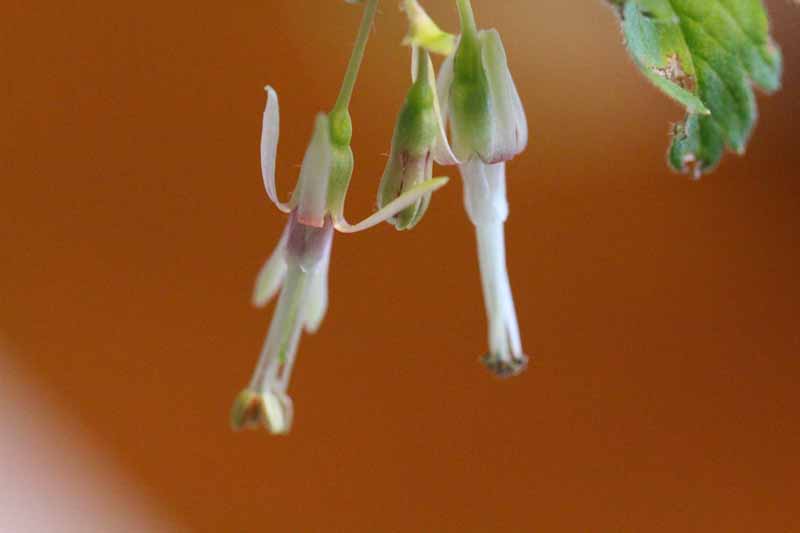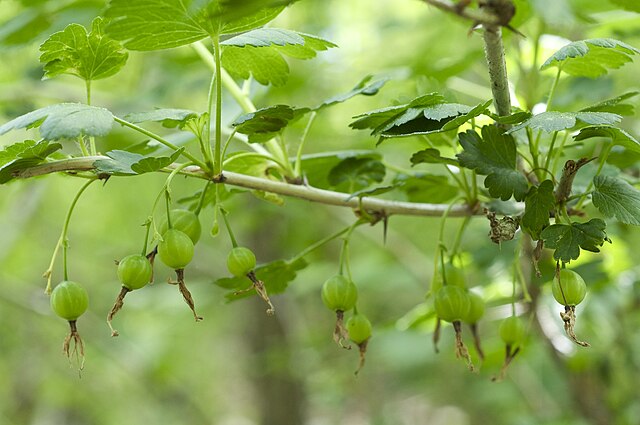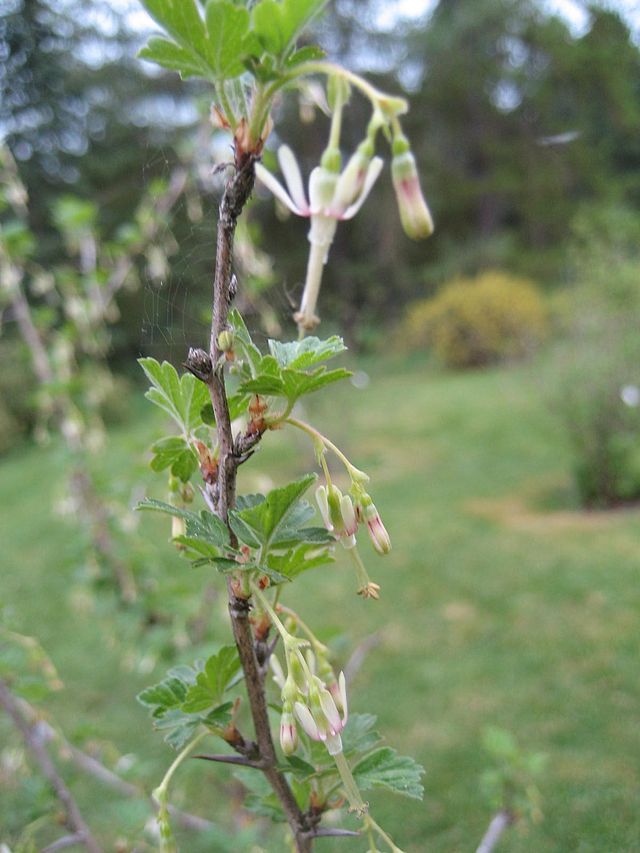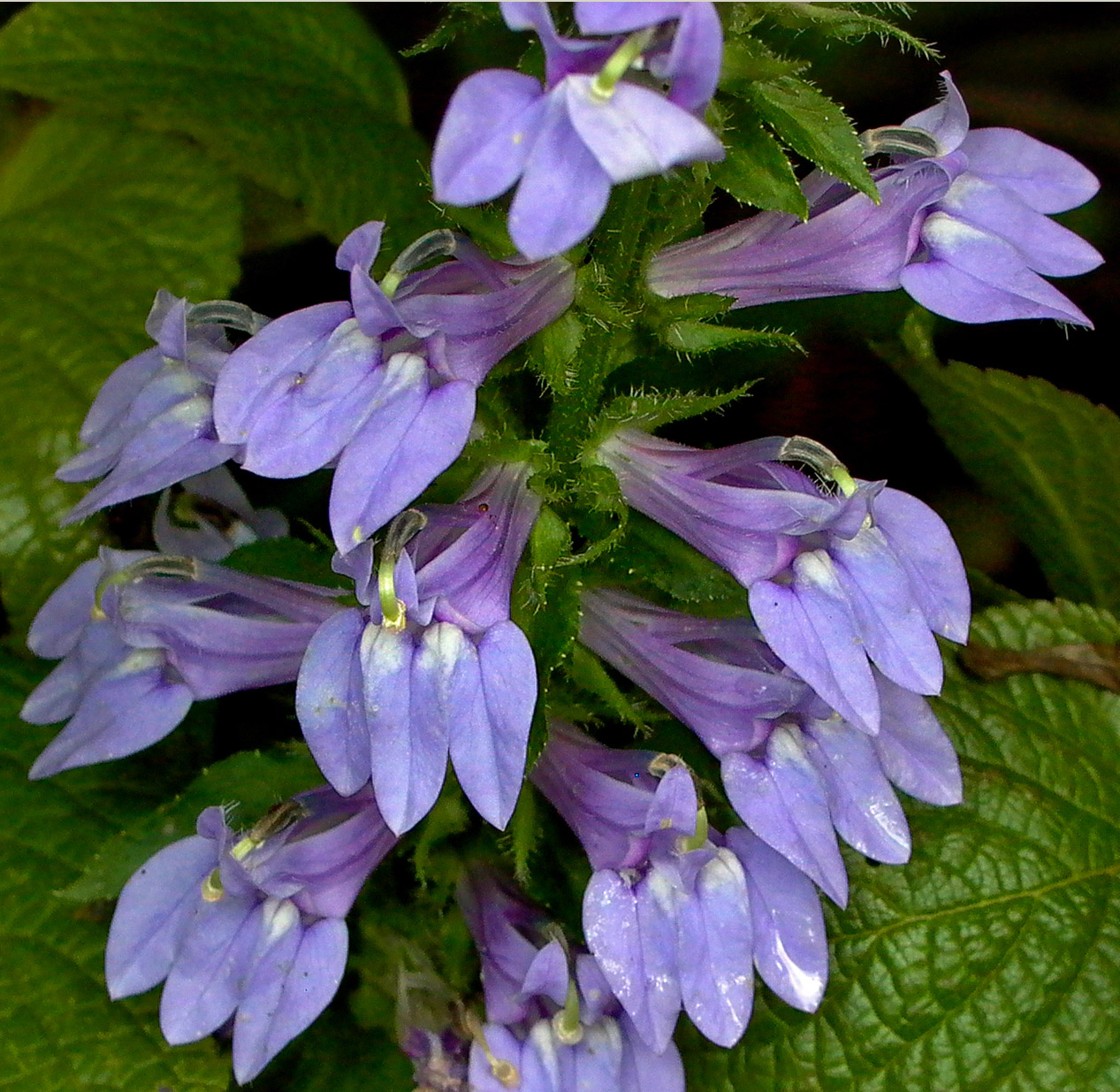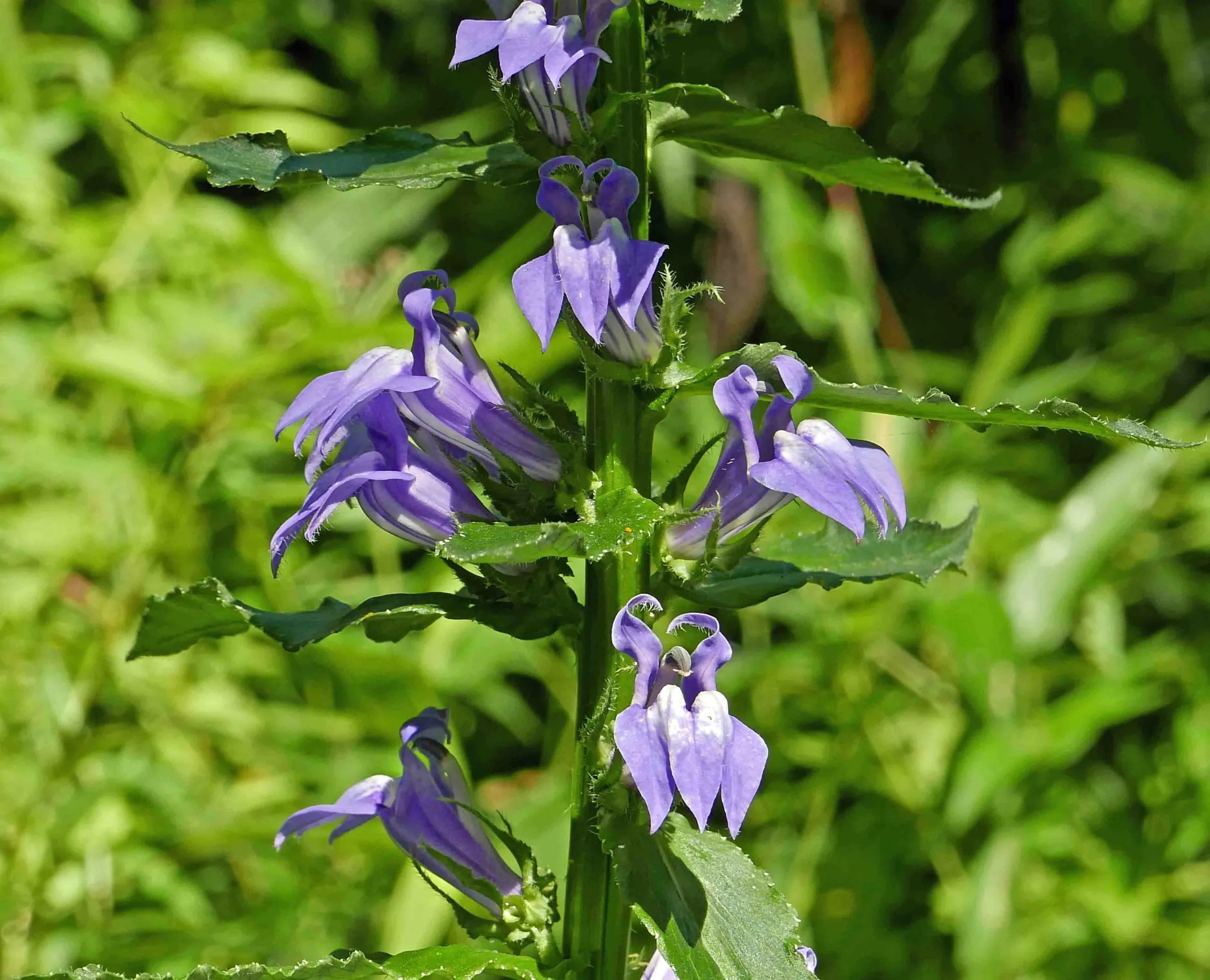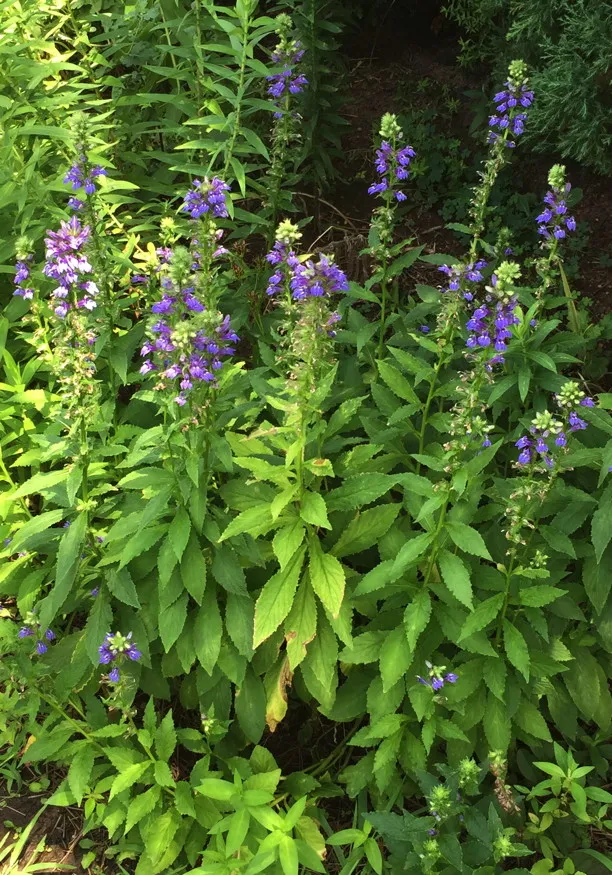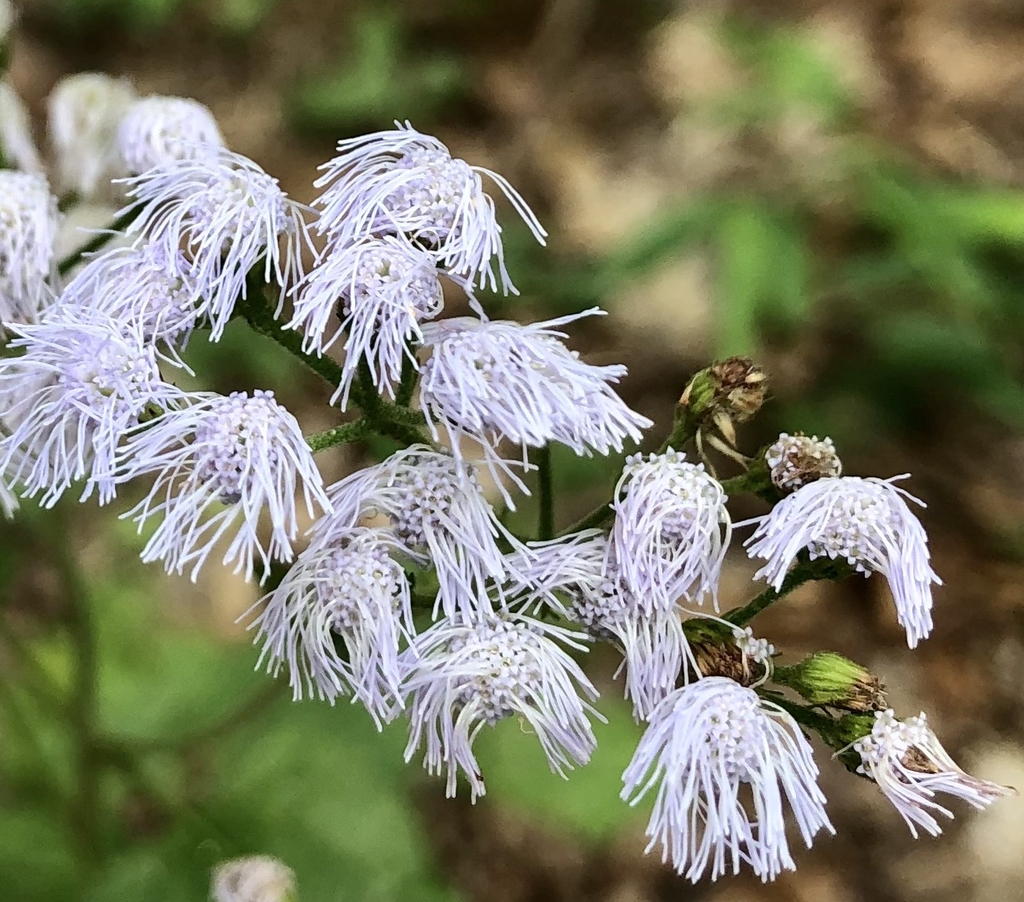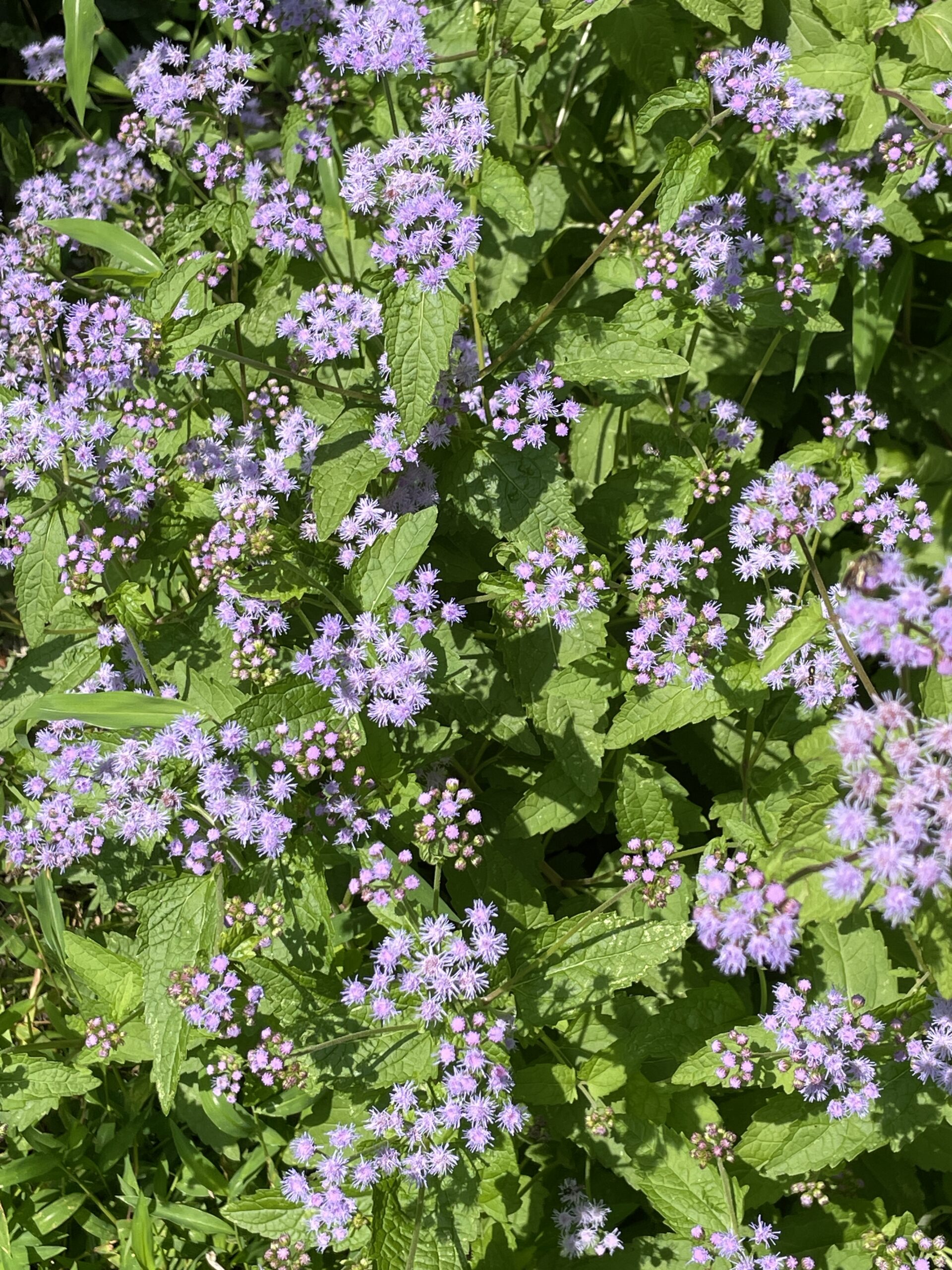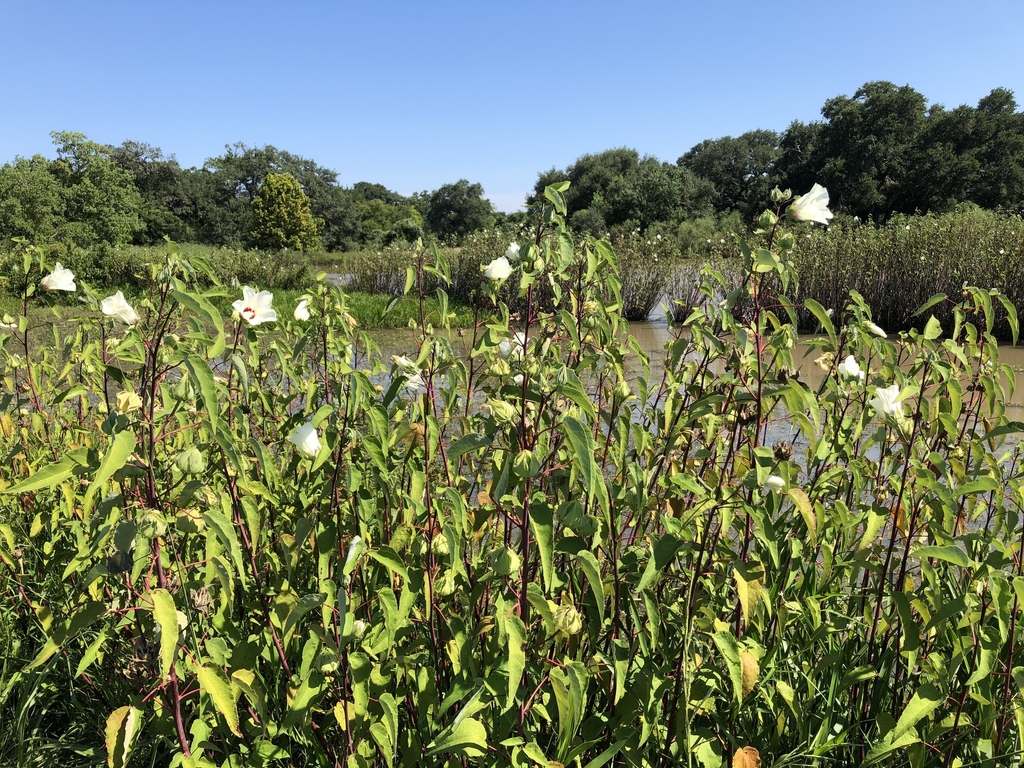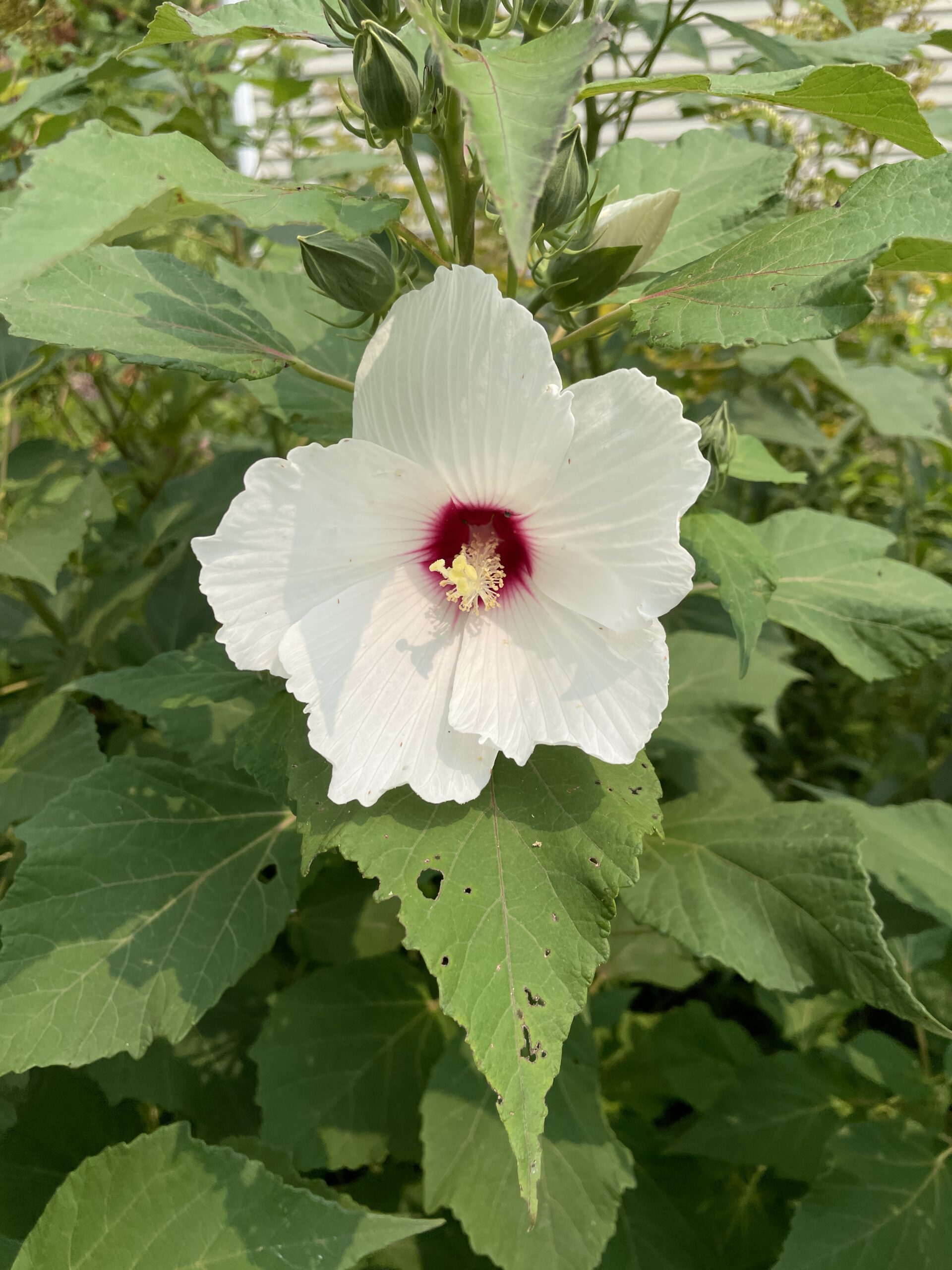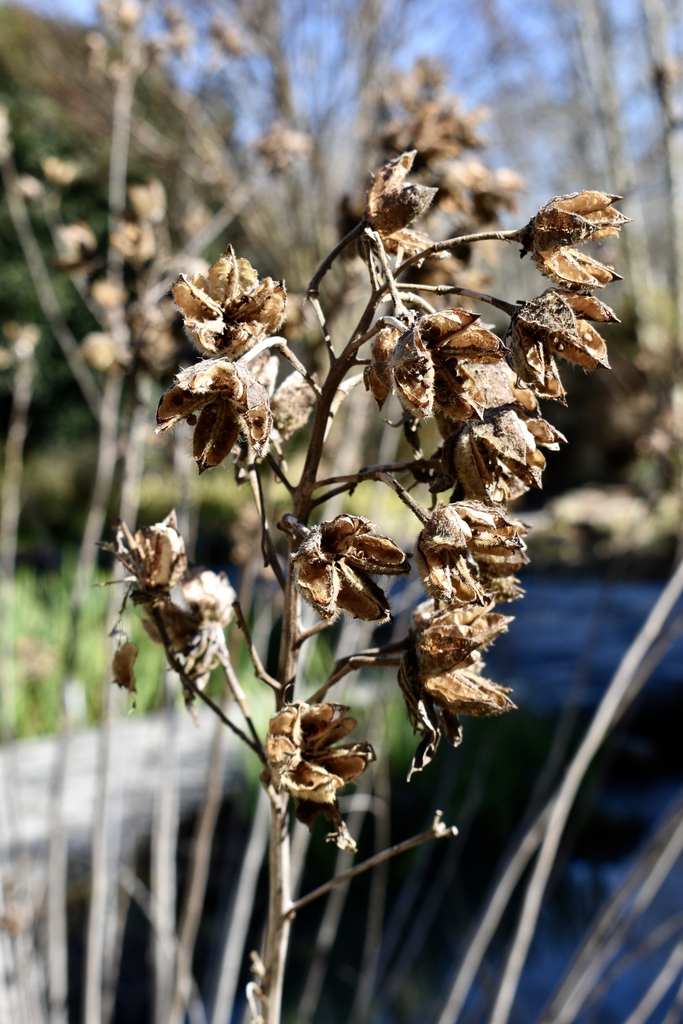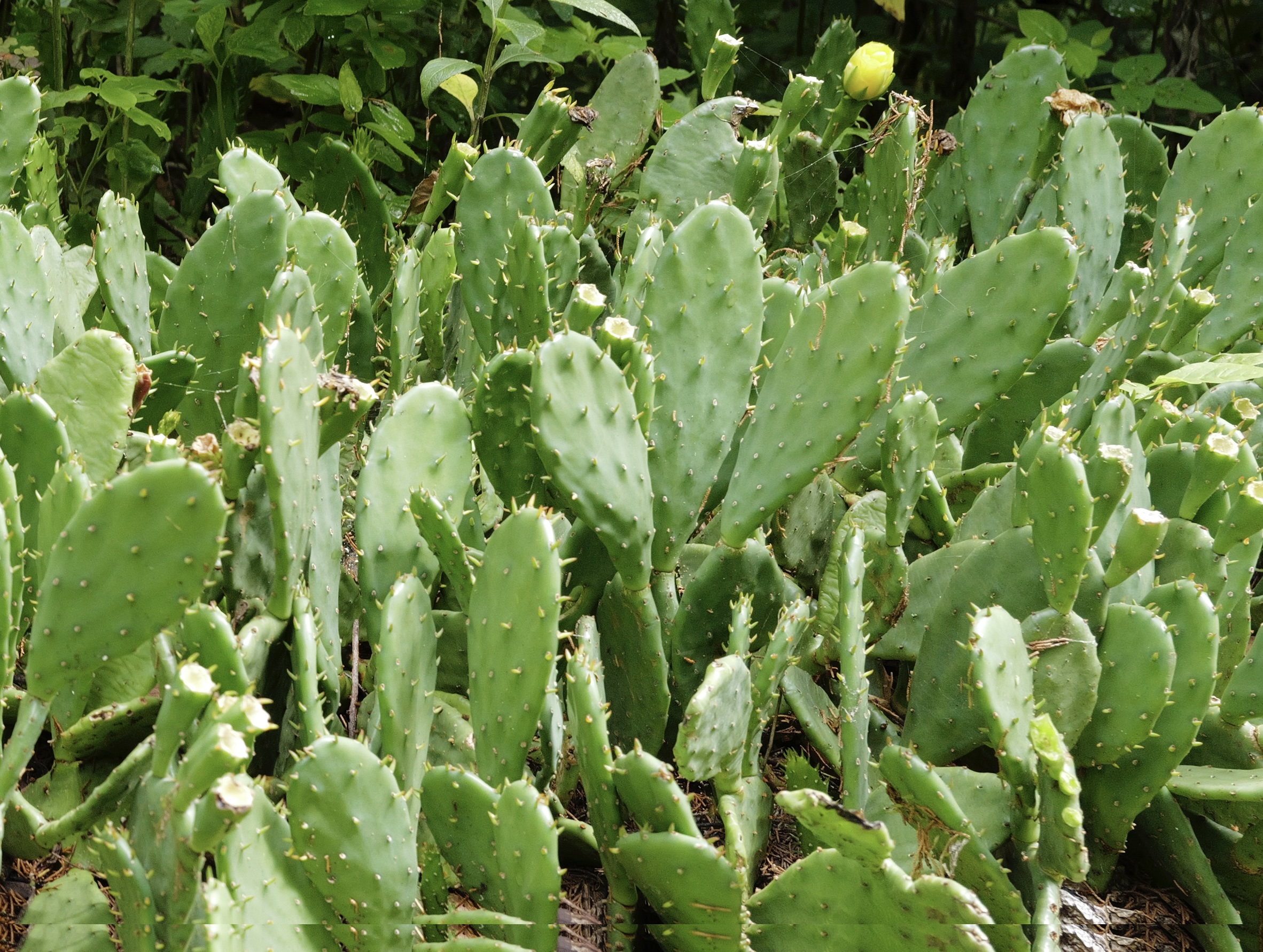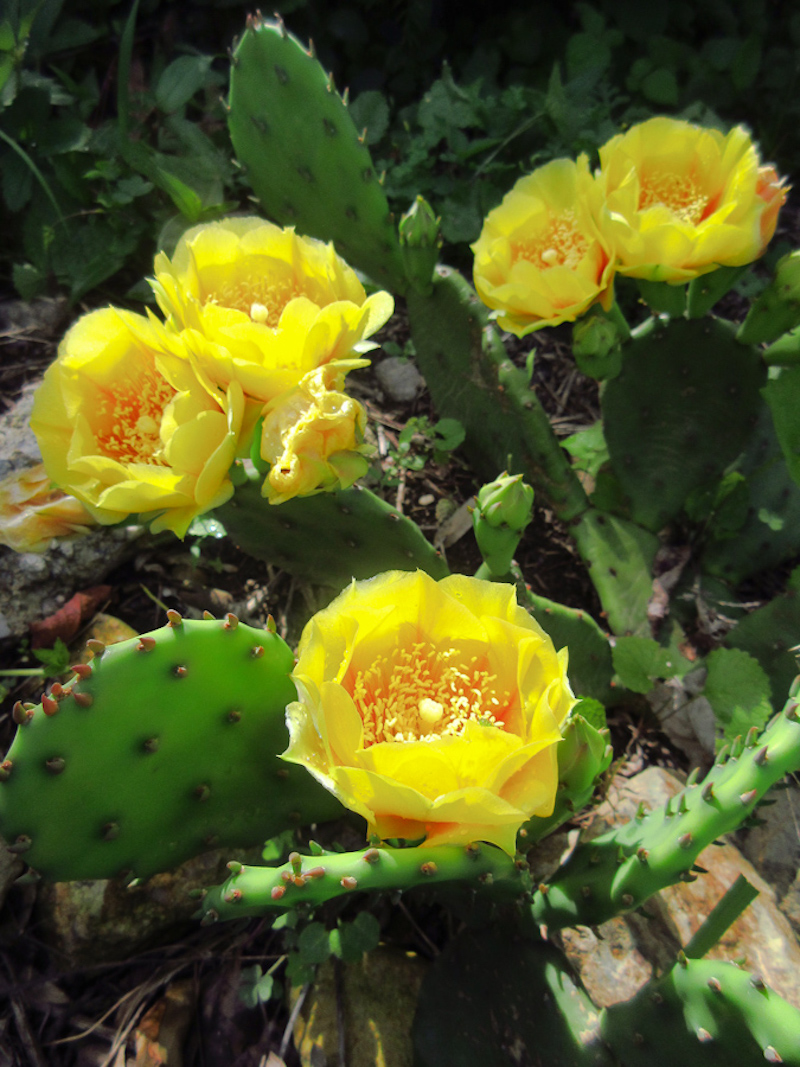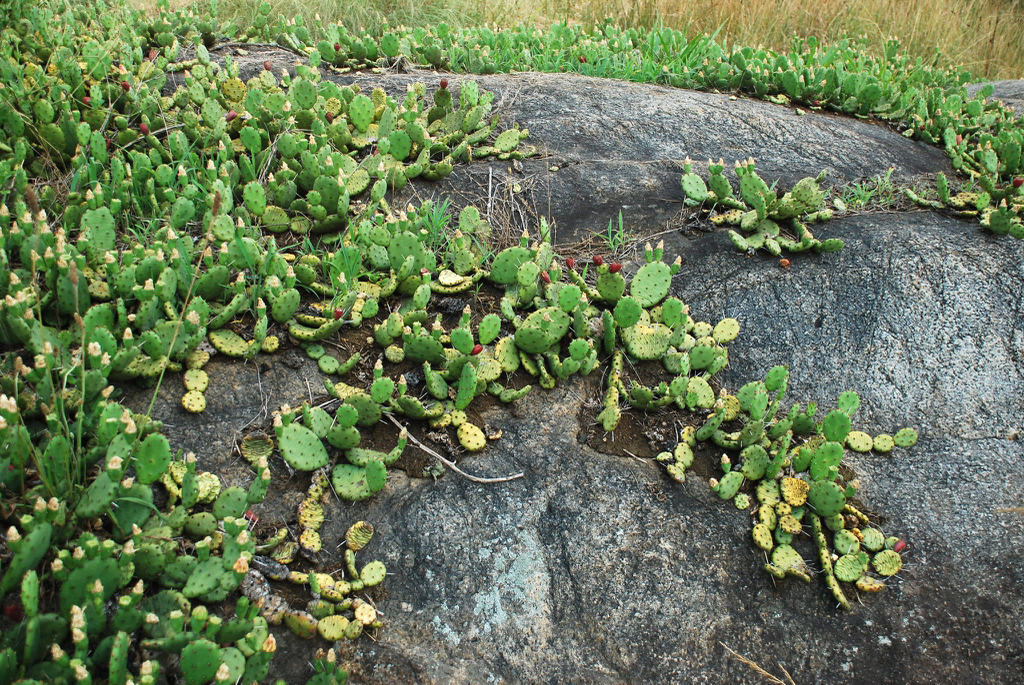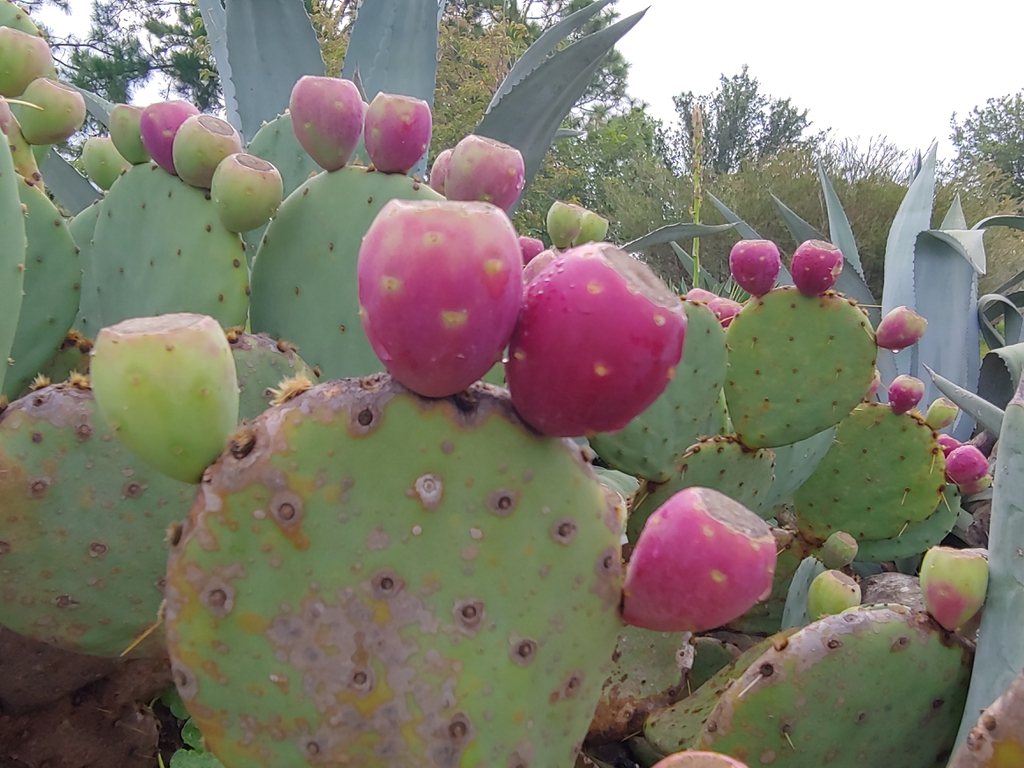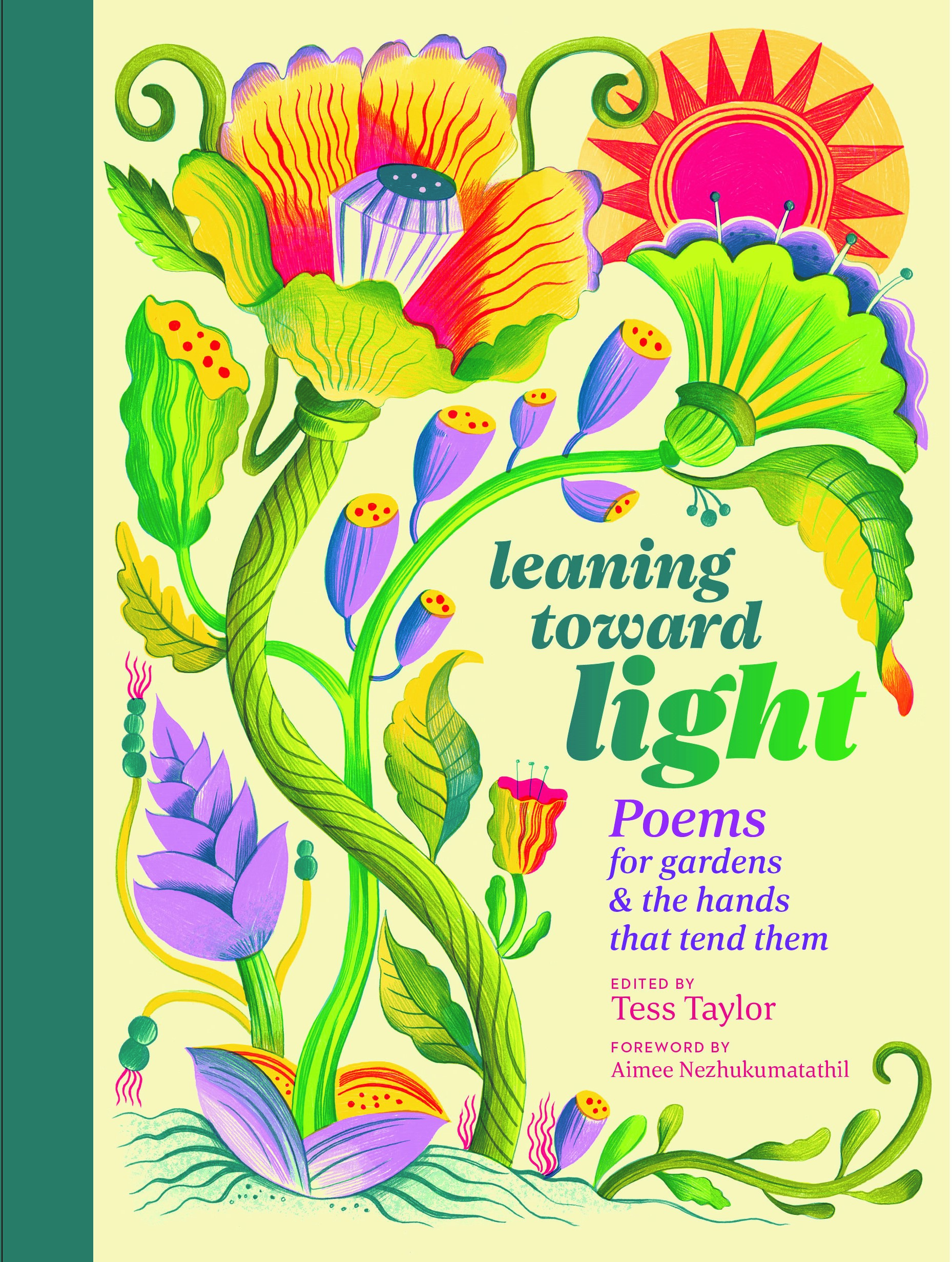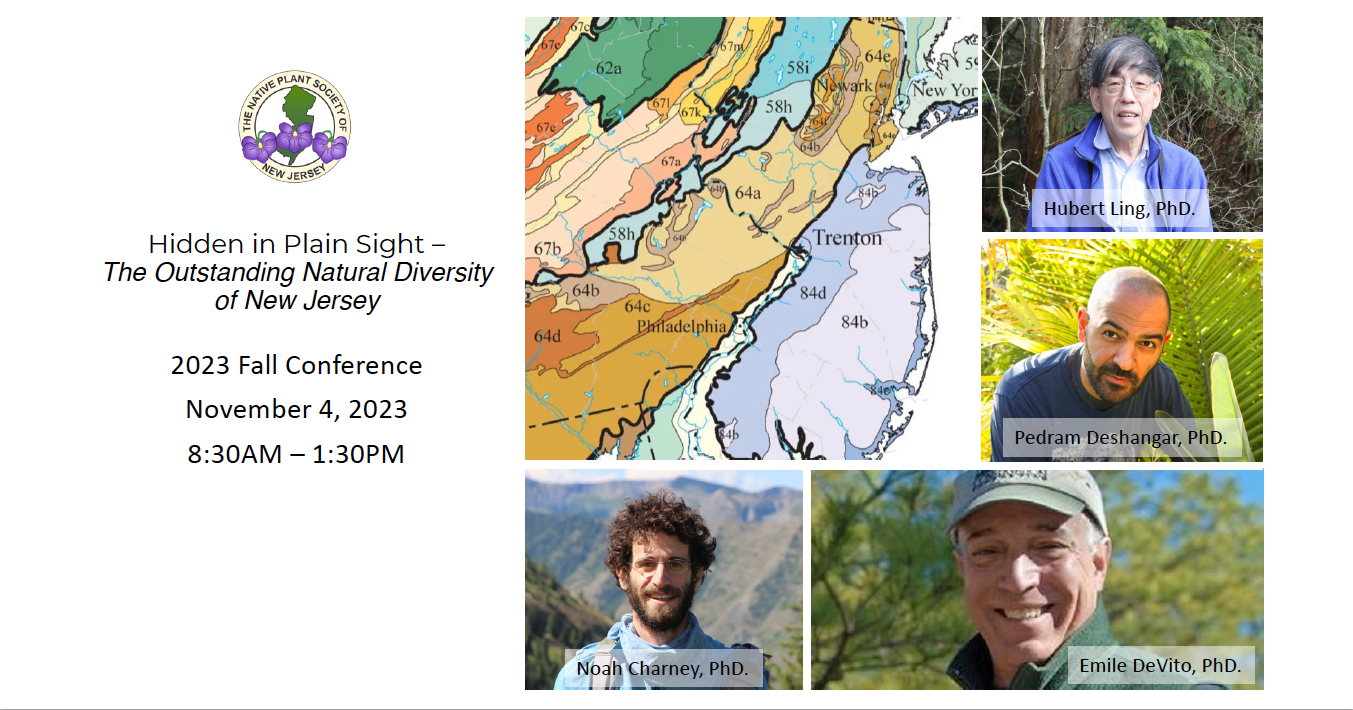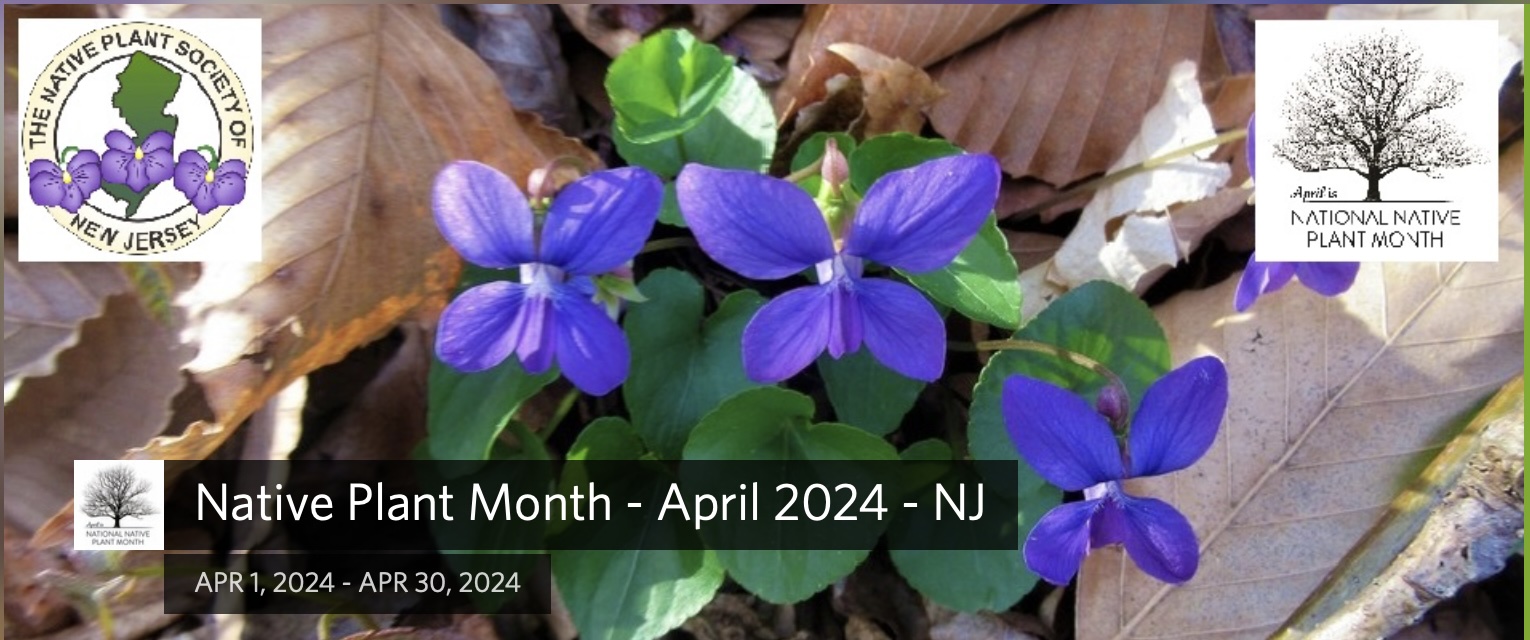
April is Native Plant Month!
Hervé Barrier, NSPNJ Highland Park/Middlesex County Chapter leader has created an iNaturalist.org project called ‘Native Plant Month 2024 – NJ‘
This is a BioBlitz, it follows the 3-unity rule:
- unity of time: April 2024
- unity of place: NJ
- unity of action: photograph as many native and non-native plant species as possible and post the observations on Inaturalist.org
iNaturalist.org is a free, worldwide, educational Internet tool allowing anybody to report wildlife species (including plants), and allowing scientists to use the resulting data. Universities are big users of it. With iNaturalist, anybody can report any species, anywhere in the world, all year long.
The ‘Native Plant Month’ project will be open for observations only during April. During this period, we can all go to parks or our backyard, take pictures, post them in iNaturalist, and add them to the project.
The objective is to report as many native species as possible and to get as many people involved as possible (everybody is a naturalist!). Anybody can participate (members, non-members, family, friends, friends of friends, etc.). Non-native plants can be reported as well since in many cases we don’t know if it is native or not until the identification has been ascertained.
What to do:
- before April, become an iNaturalist member and practice reporting plants, animal, mushrooms, etc.
- before April, join the ‘Native Plant Month 2024 – NJ’ (note you cannot add observations until April).
- in April, add plant observations to the ‘Native Plant Month 2024 – NJ, ‘ project
Be safe and enjoy nature.
Go to iNaturalist.org to find out more.
Notes:
If the species is endangered or you do not want to reveal the location (e.g., it is in your backyard) you can ‘obscure’ its location
As NPSNJ recommends, take all safety precautions when in nature (e.g., ticks are present all year round).
